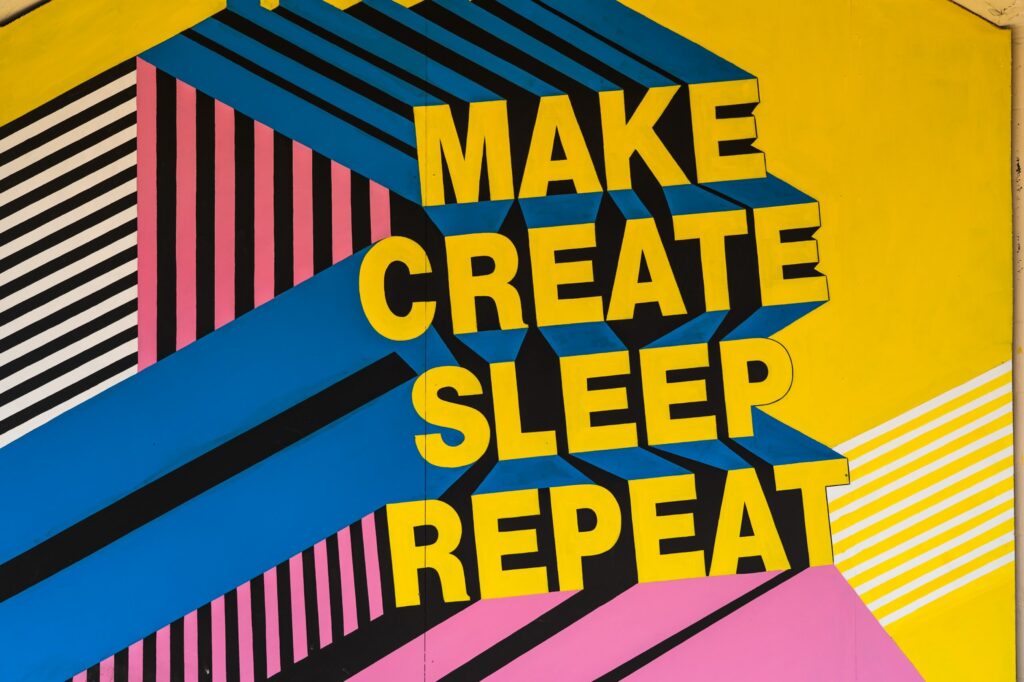Strategies for designing graphics that work well across the entire duration of a multi-day event
Designing graphics for multi-day events presents unique challenges. Unlike single-day events, multi-day events require a strategic approach to ensure that graphics remain effective, relevant, and engaging throughout the entire duration. Whether you’re hosting a conference, festival, or trade show that spans several days, here are some essential tips to help you create graphics that enhance the attendee experience and reinforce your event’s message.
1. Develop a Cohesive Visual Theme
Create a Unified Look: Establish a visual theme that ties together all your graphics for the event. This includes using consistent colors, fonts, and design elements across all materials, from banners and signage to digital displays. A cohesive theme ensures that your event branding is immediately recognizable and reinforces the overall experience for attendees.
Incorporate Key Branding Elements: Ensure that your event’s branding elements, such as logos and taglines, are prominently featured in your graphics. This not only helps with brand recognition but also provides a consistent visual experience throughout the event. Consistency in branding builds trust and creates a professional appearance.
2. Design for Flexibility and Adaptability
Plan for Changing Content: Multi-day events often involve a variety of activities, schedules, and speakers. Design graphics that can be easily updated or adapted to accommodate changes. For example, use modular designs or digital displays that can be quickly modified to reflect new information or schedule adjustments.
Allow for Additional Information: Include spaces in your graphics for additional or updated information that may be needed throughout the event. This might include daily schedules, speaker changes, or special announcements. Make sure these elements are easy to update and visually integrated into your existing design.
3. Optimize for Different Formats and Locations
Consider Various Display Formats: Your graphics will need to work across various formats, including large banners, posters, digital screens, and social media. Design with flexibility in mind to ensure that your graphics look great in all sizes and formats. Use scalable design elements and high-resolution images to maintain quality across different mediums.
Account for Multiple Locations: If your event spans multiple areas or venues, ensure that your graphics are tailored to each location. This might involve creating location-specific designs or adjusting your graphics to fit different spatial constraints. Consistency is key, but customization helps cater to the unique characteristics of each venue.
4. Enhance Visibility and Readability
Prioritize Legibility: Multi-day events can be busy, and attendees will need to quickly read and understand information from your graphics. Use clear, legible fonts and high-contrast color schemes to ensure readability. Avoid overly complex designs that might detract from important information.
Use Hierarchical Design: Employ a hierarchical design approach to highlight key information such as schedules, speaker names, and event locations. Make important details stand out using larger fonts, bold colors, or distinct design elements, while supporting details can be presented in a secondary, less prominent manner.
5. Integrate Interactive Elements
Engage Attendees with Digital Graphics: Consider incorporating interactive digital graphics, such as touchscreens or digital kiosks, that allow attendees to access up-to-date information and interact with event content. Interactive elements can enhance the attendee experience by providing dynamic, real-time updates and engaging content.
Utilize QR Codes and Scannable Links: Incorporate QR codes or scannable links in your printed graphics to provide easy access to additional information, schedules, or event apps. This allows attendees to quickly retrieve relevant details and stay informed throughout the event.
6. Plan for Logistics and Setup
Coordinate with Event Planners: Work closely with event planners and venue managers to understand the logistics and constraints of each location. Ensure that your graphics are designed with these factors in mind, such as space limitations or installation requirements, to avoid any last-minute issues.
Test and Review Graphics: Before the event begins, test your graphics in their actual setting to ensure they perform as expected. Review and verify that all information is accurate, all elements are correctly placed, and the graphics effectively communicate the intended message.
7. Monitor and Adjust Throughout the Event
Gather Feedback: During the event, gather feedback from attendees and staff about the effectiveness of your graphics. This can provide insights into any adjustments needed and help you address any issues promptly.
Be Prepared for Real-Time Changes: Be ready to make quick adjustments to your graphics if necessary. This might involve updating digital displays, replacing printed materials, or adjusting signage to reflect changes in the event schedule or layout.
Conclusion
Designing graphics for multi-day events requires careful planning and execution to ensure that they remain effective and engaging throughout the entire duration. By developing a cohesive visual theme, designing for flexibility, optimizing for different formats, and integrating interactive elements, you can create a visual experience that enhances the event and supports its success.
EventGraphics is your trusted partner in crafting impactful graphics for multi-day events. With our expertise in creating adaptable, high-quality designs, we help you ensure a seamless and visually engaging experience for your attendees. Contact EventGraphics – The Event Graphic Specialists today to discuss how we can elevate your next multi-day event with exceptional graphic design.

